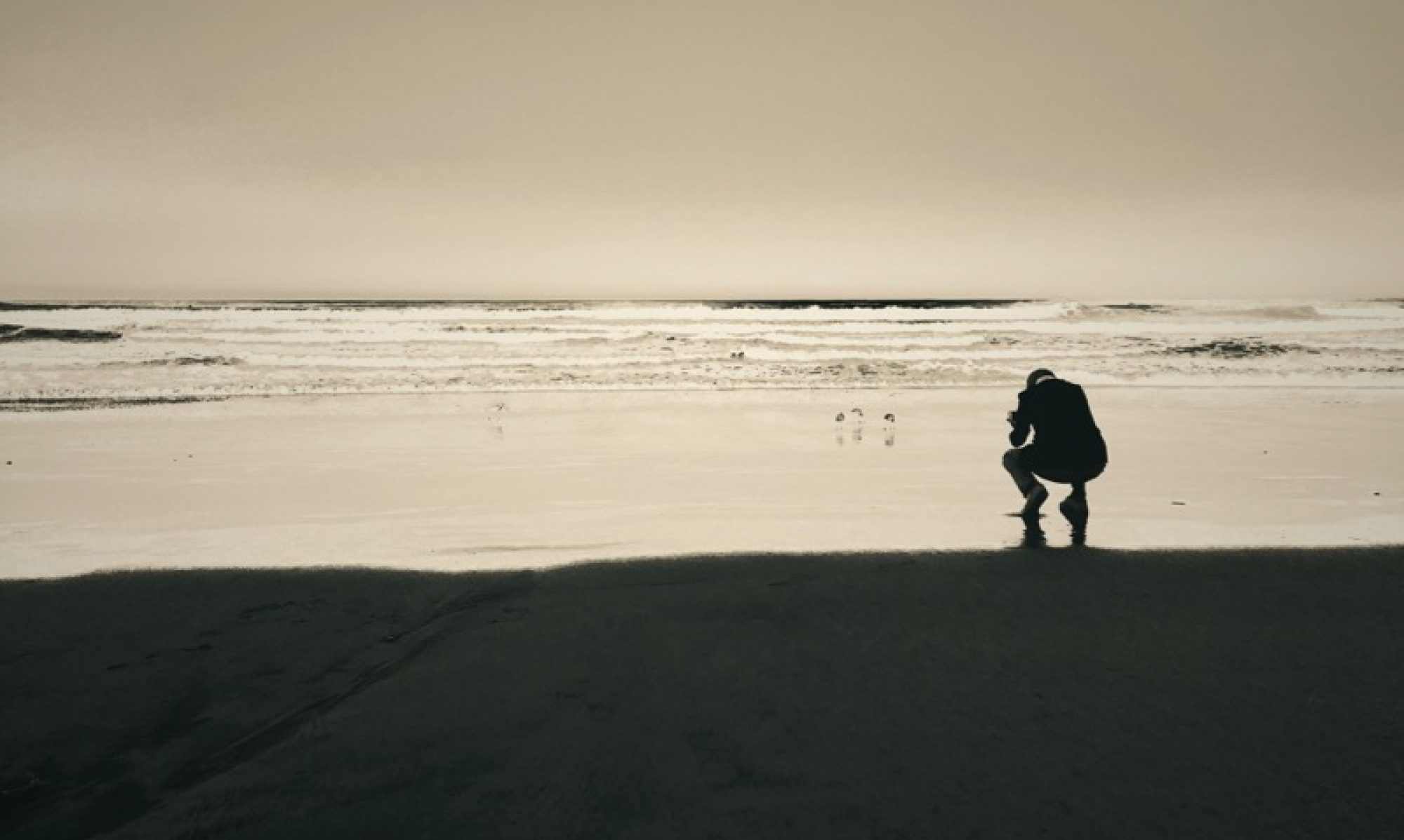I rarely write about architecture on Notes From Nowhere, even though this is what I’m trained to do – not, of course, to write about it, but to plan it, design it, and so on. I guess I’m like Jens, I find the gap between the world of creating something and the world of criticism rather wide.
Anyway, I read an artnet-article this morning (“Three Dealers” by Charlie Finch, here, via here) that I didn’t quite like, even though much of what it says seems true. It’s about the collapsing art gallery scene in Chelsea. The market is down, we all know that. But the author argues that, worse than that, the High Line, Manhattan’s new elevated park on the West Side, will bring hordes of tourists to Chelsea and thus destroy the serenity of the place. It’s the beginning of the next Soho as we know it today, with tourists everywhere, retail outlets all over, high school kids on their trip to New York getting drunk at night. And so on. We who look for quiet places where the contemplation of art is psychologically and economically possible are out.

That may all be true, but it’s only part of the truth. And more than anything, it reminds me of my favorite Monk quote. His psychotherapist says, “I know, change is difficult.” And Monk replies: “No, change is impossible.”
Of course the High Line will bring developers and tourists, and of course it will change the face of Chelsea. But here’s a thought: Doesn’t the art world have to reinvent itself every couple of years regardless, or otherwise it will become stale? Shouldn’t we feel, next to the pains of financial worries, the pleasures of curiosity, adventure and excitement when we ask ourselves “what’s next?” And, most of all, shouldn’t we (artists, gallery owners, and critics) also be engaged citizens, who support the first baby steps of Manhattan toward a greener way of life? Developers start to put plants on our rooftops to help lower the temperature in big cities, insulate houses to reduce the energy footprint and improve the quality of the air, and so on. Most of this is still in the future. But the High Line is part of a new way of thinking. People come to recognize that life in cities shall have to change if we don’t want people and the planet to get more and more affected by ailments of all kinds.
As an architect, I see myself as part of a group of younger people who think about conservation, recycled materials, and so on, and I’m quite certain that this is where my field will have to be most innovative in the next couple of years. I don’t quite like the idea that my fellow-artists, those from the ‘fine arts,’ are not on board here.
For a more humane approach to the High Line, see this entry on Diane Pernet’s blog. And let me submit this: Some of us are just normal people who don’t have houses at the beach, but would like to sit in the sun once in a while…
